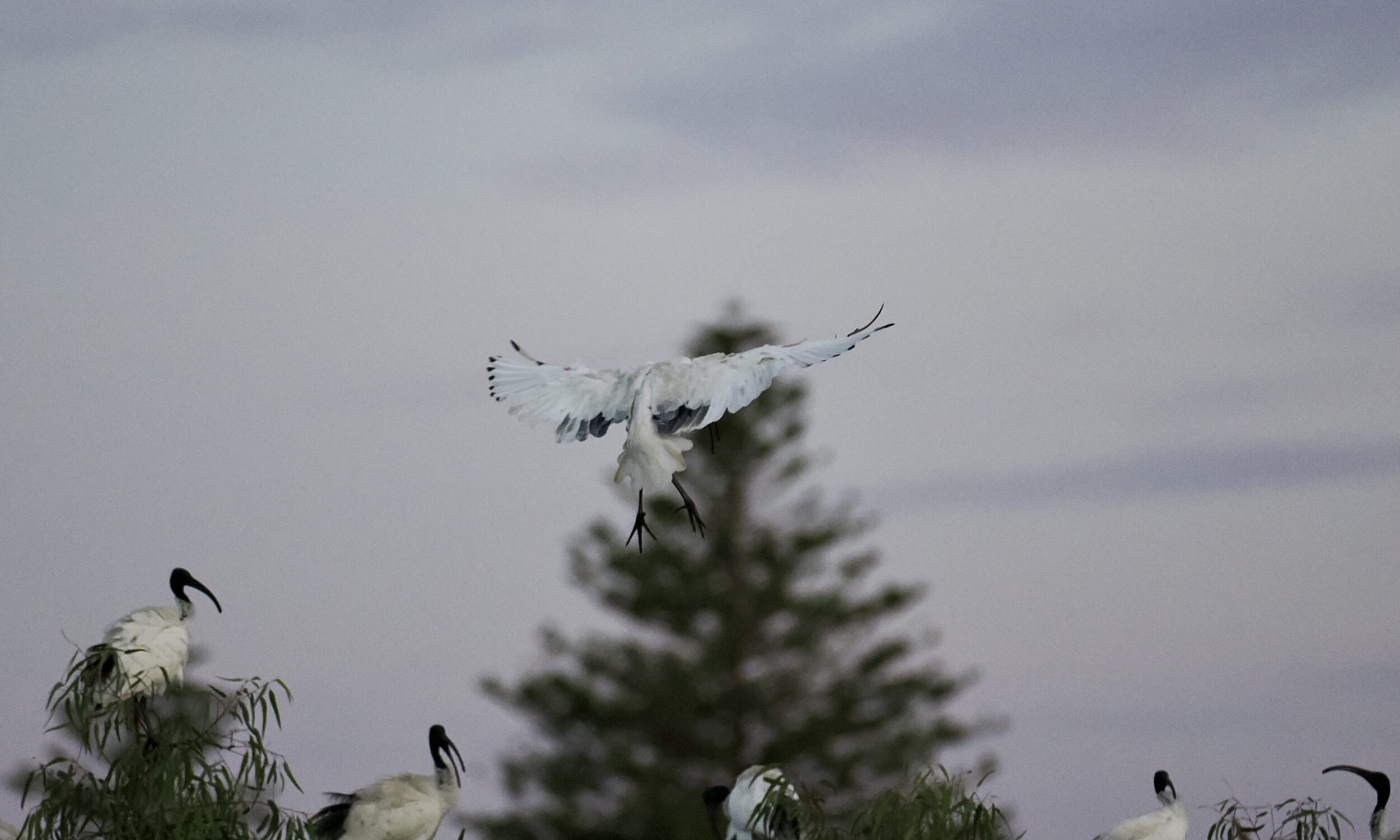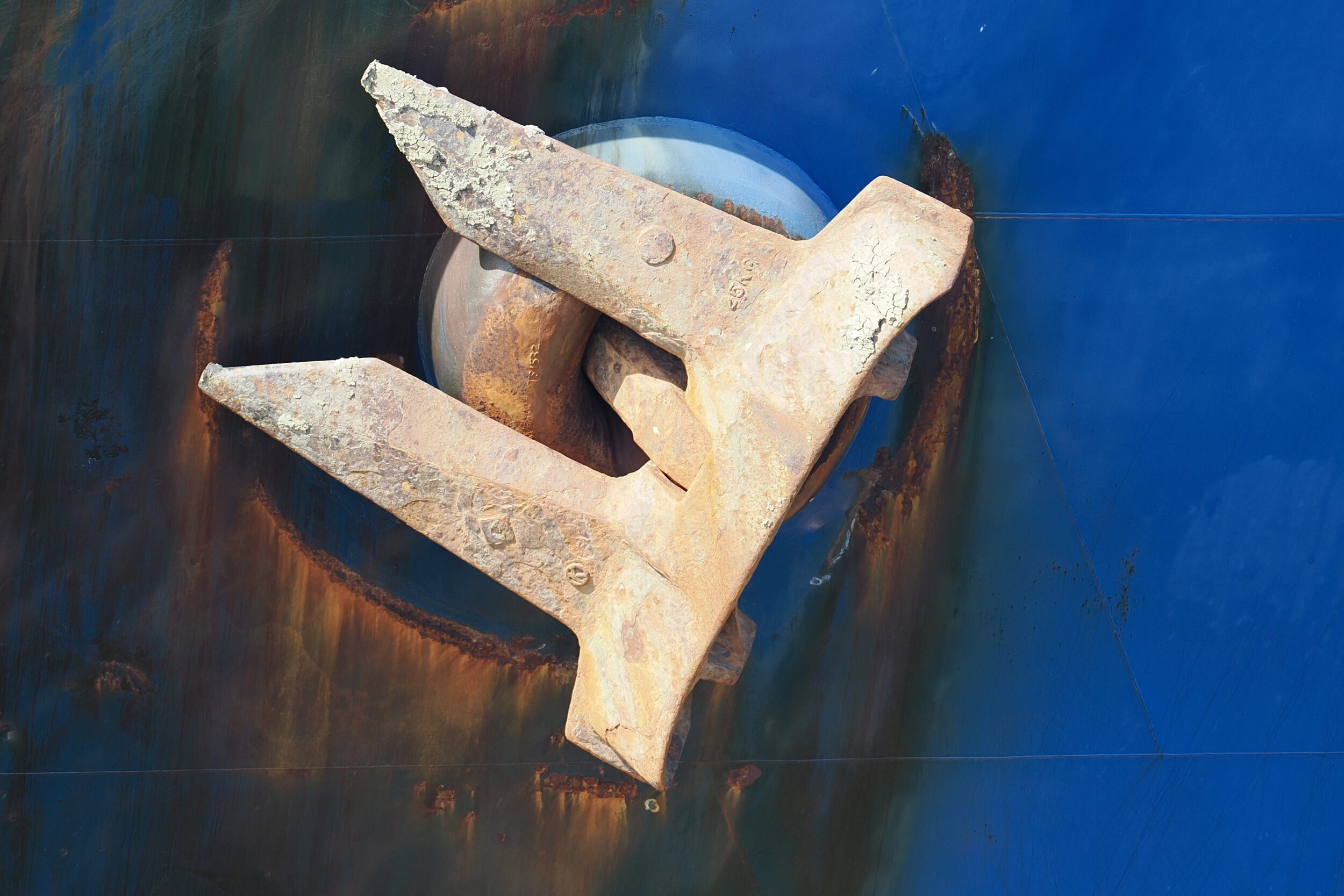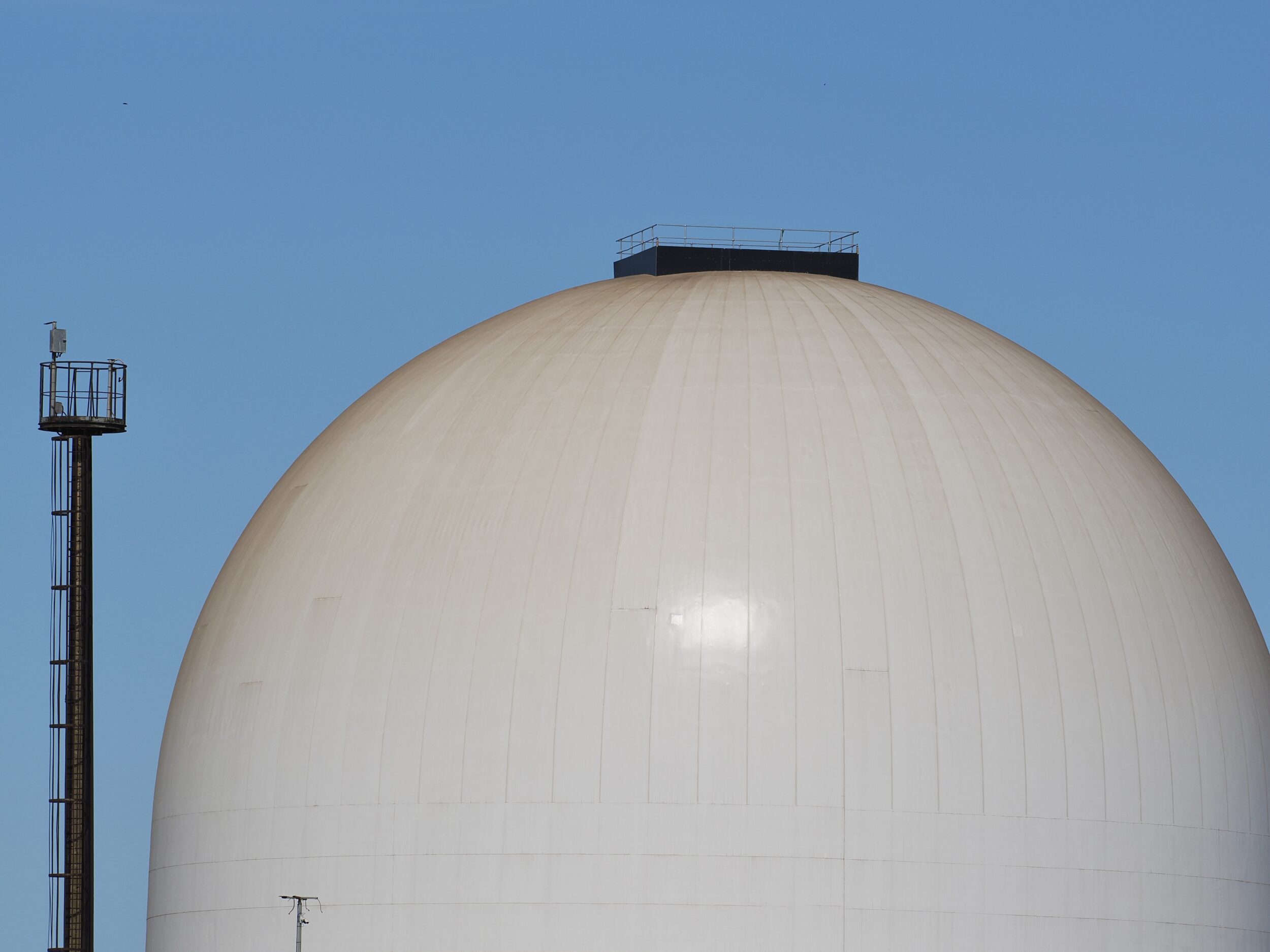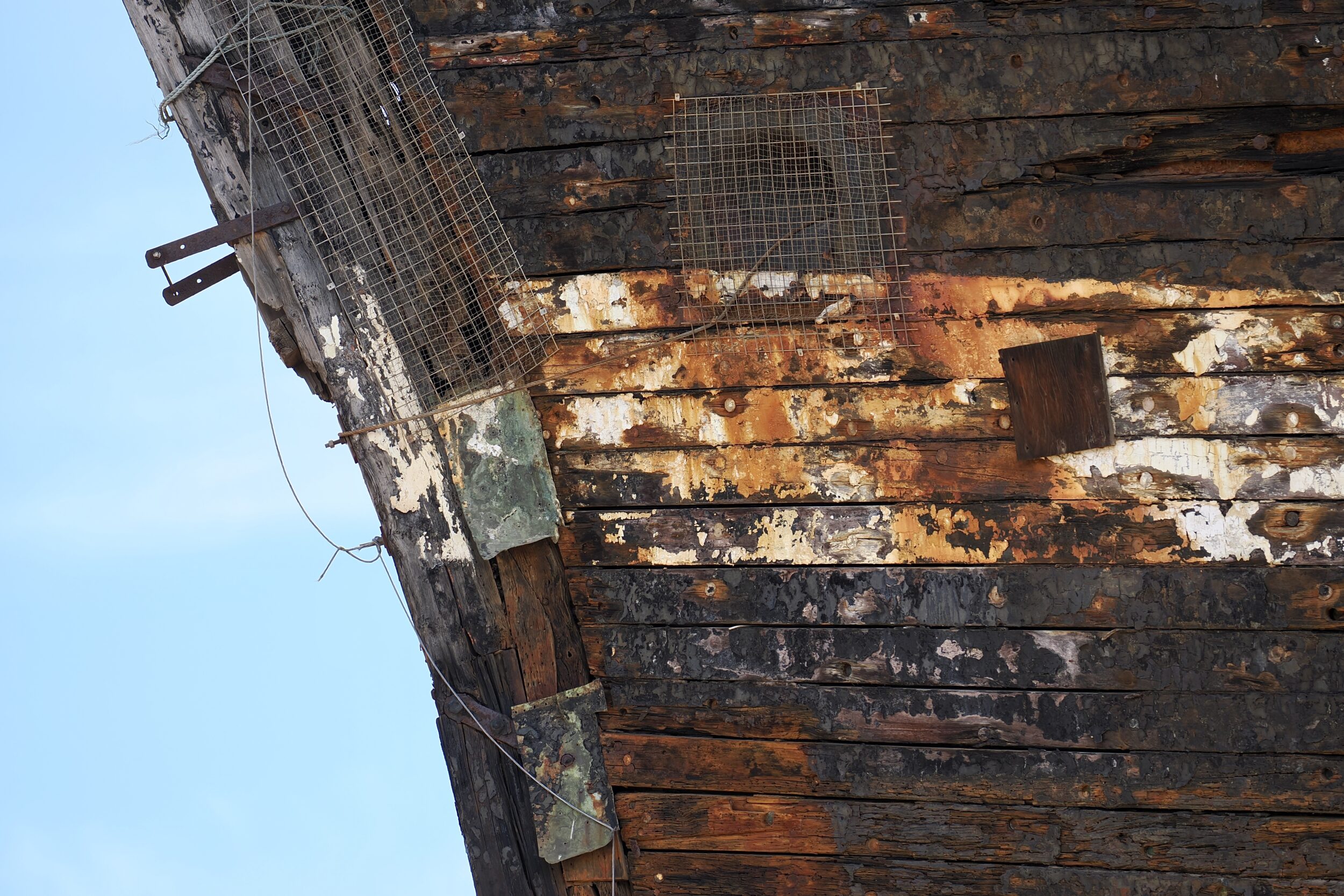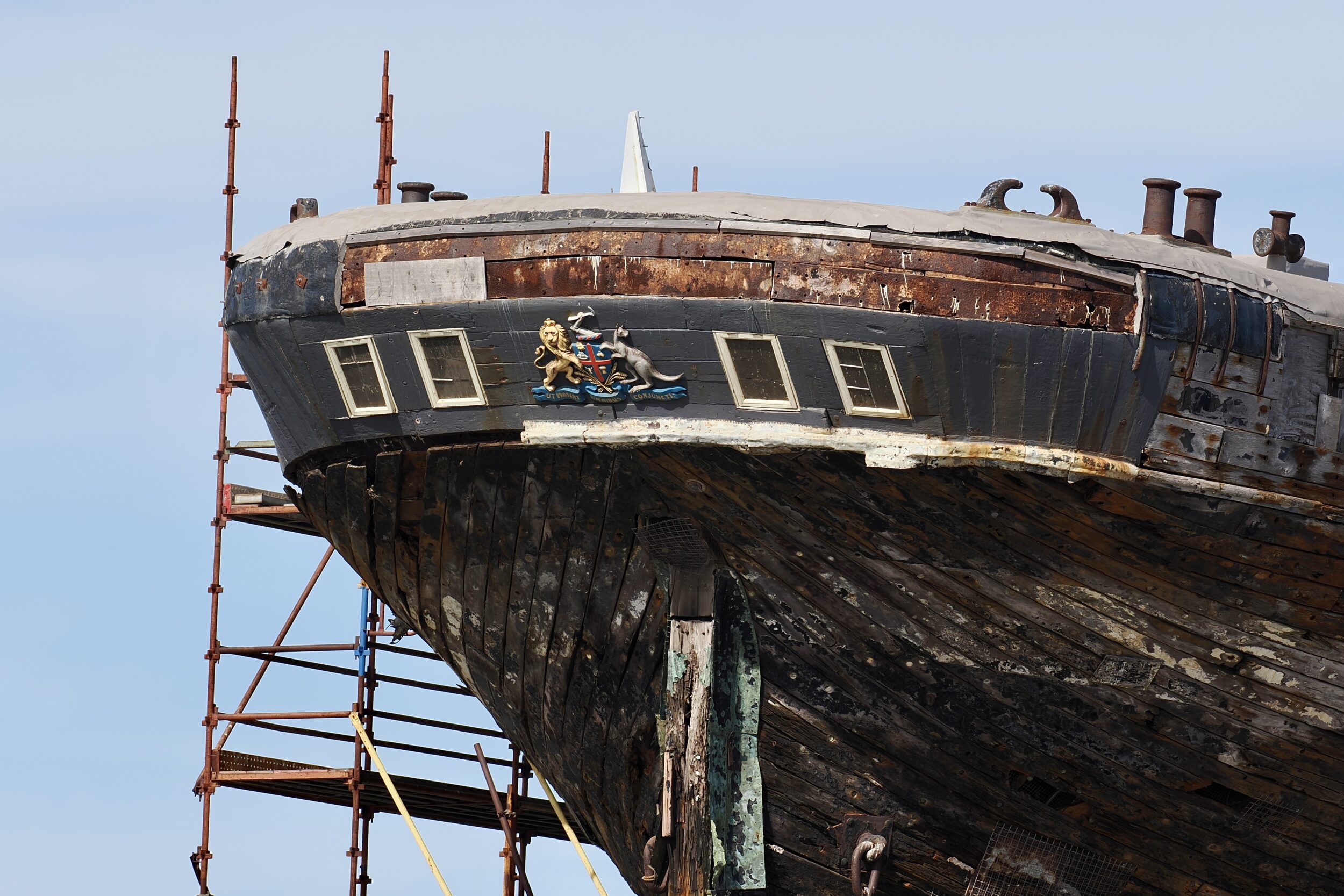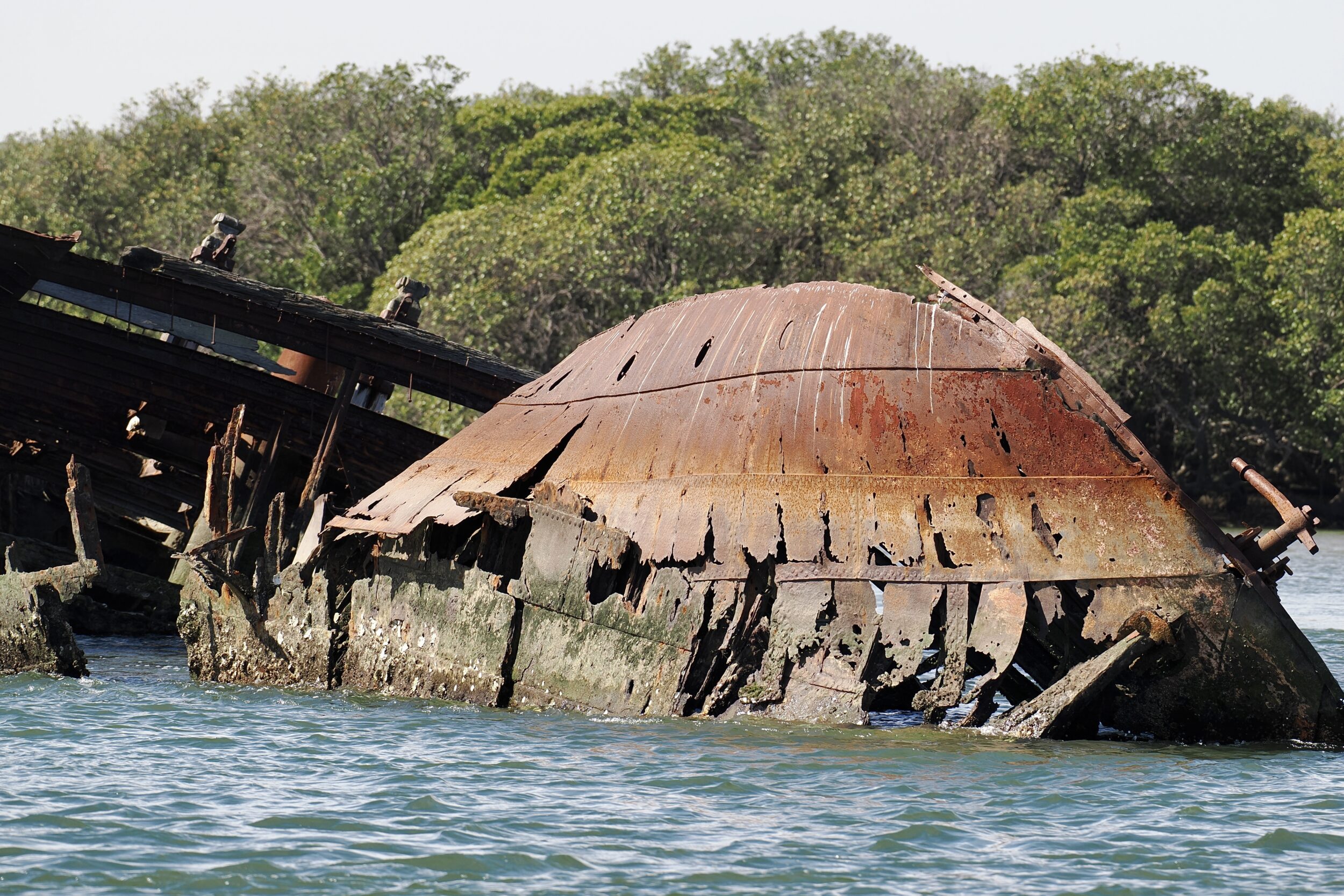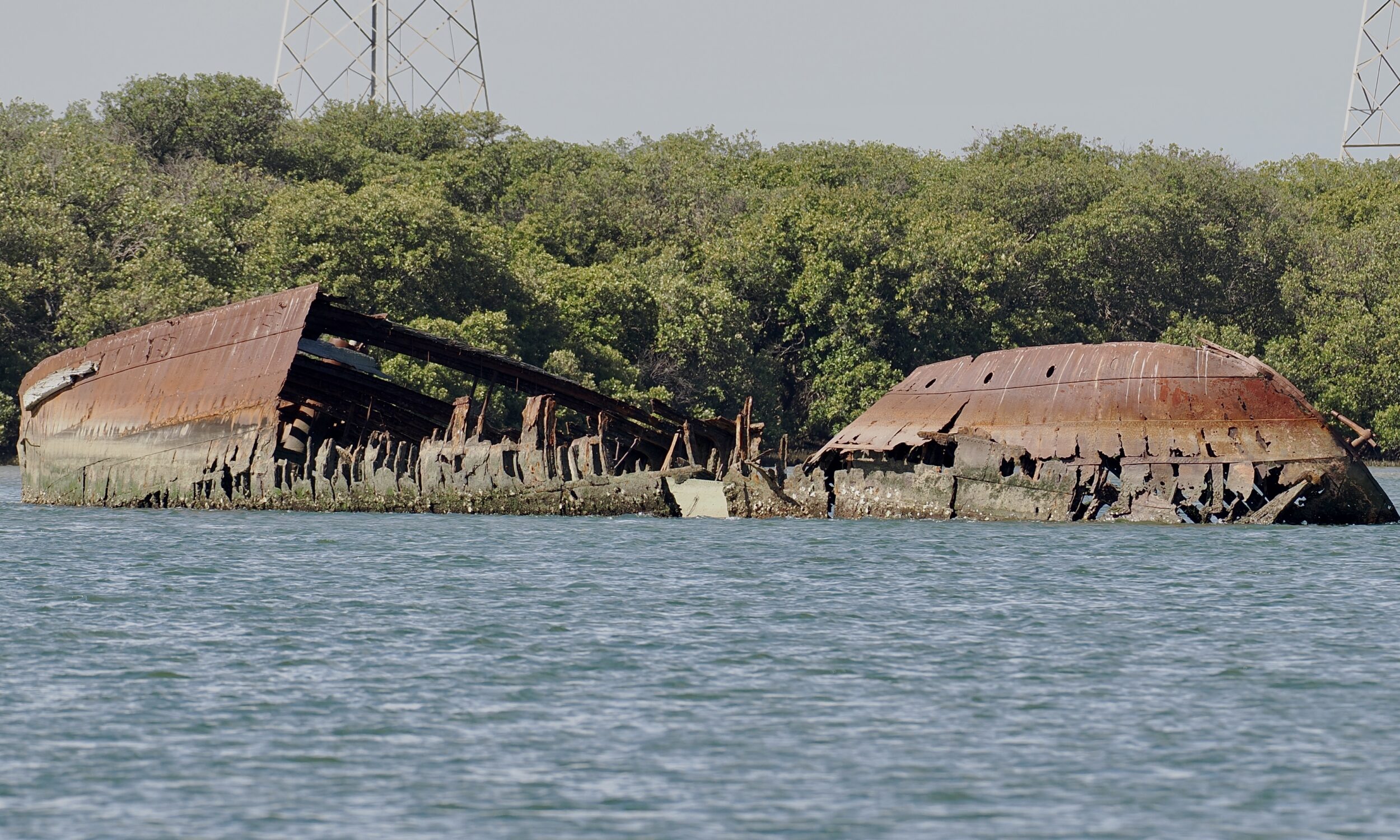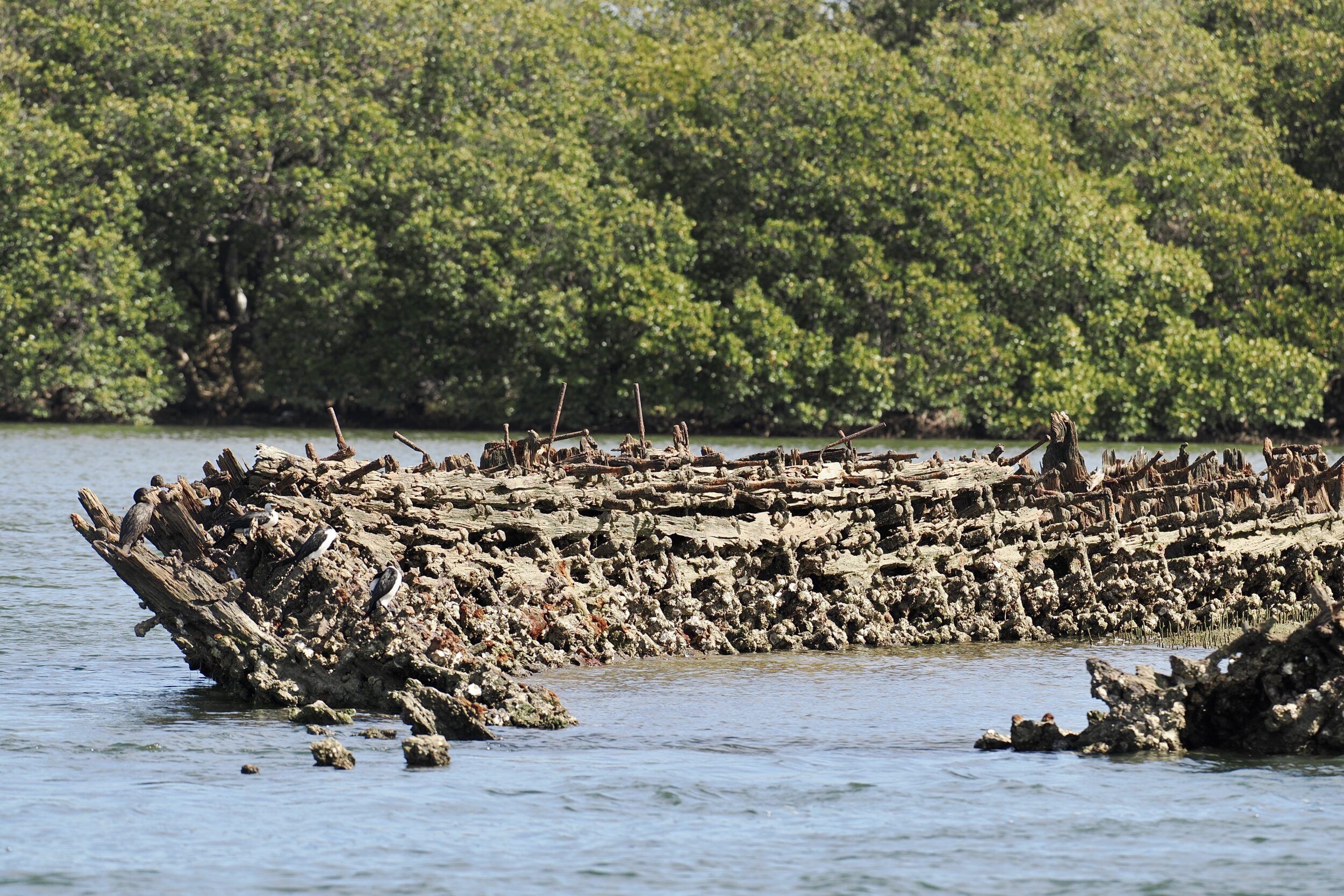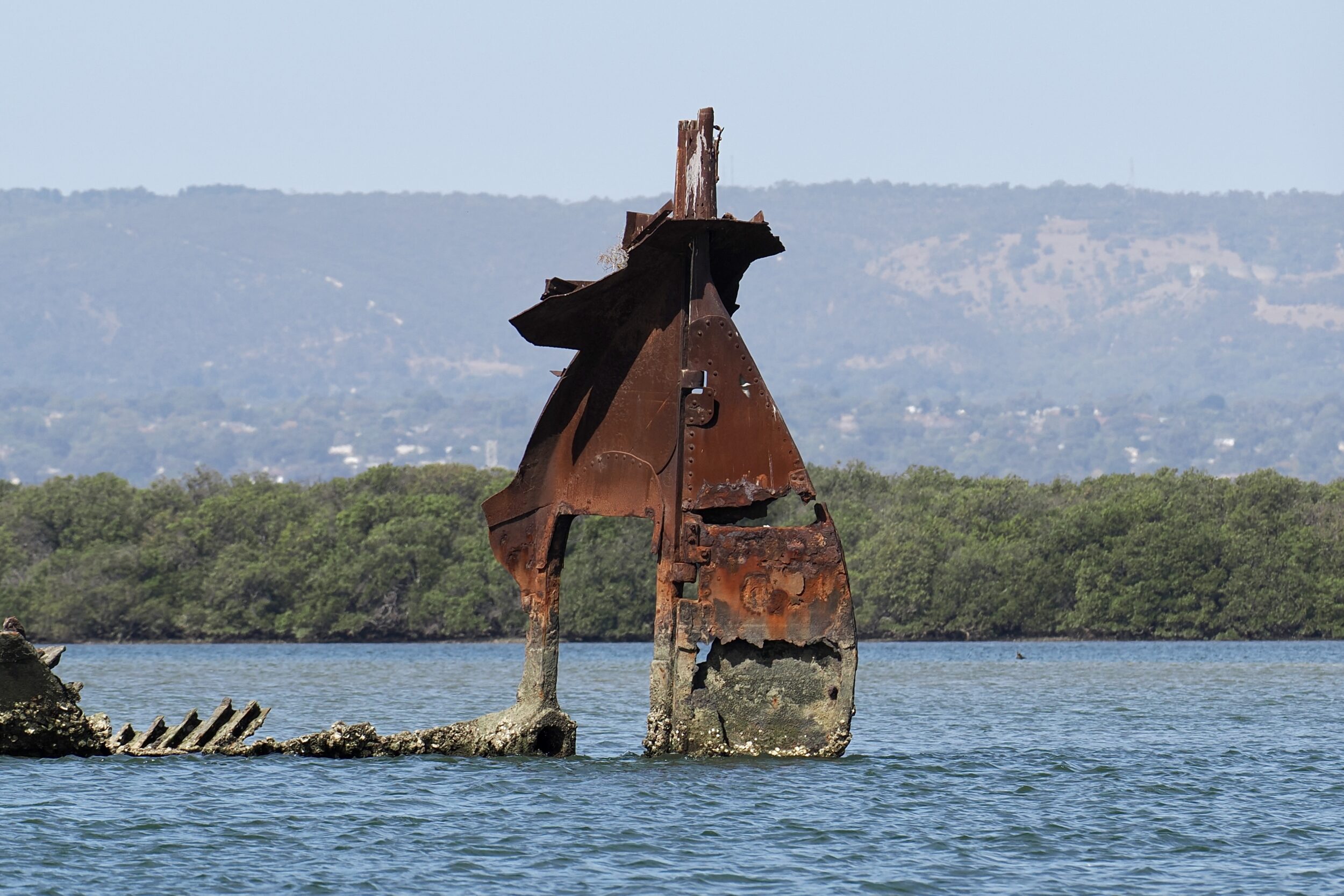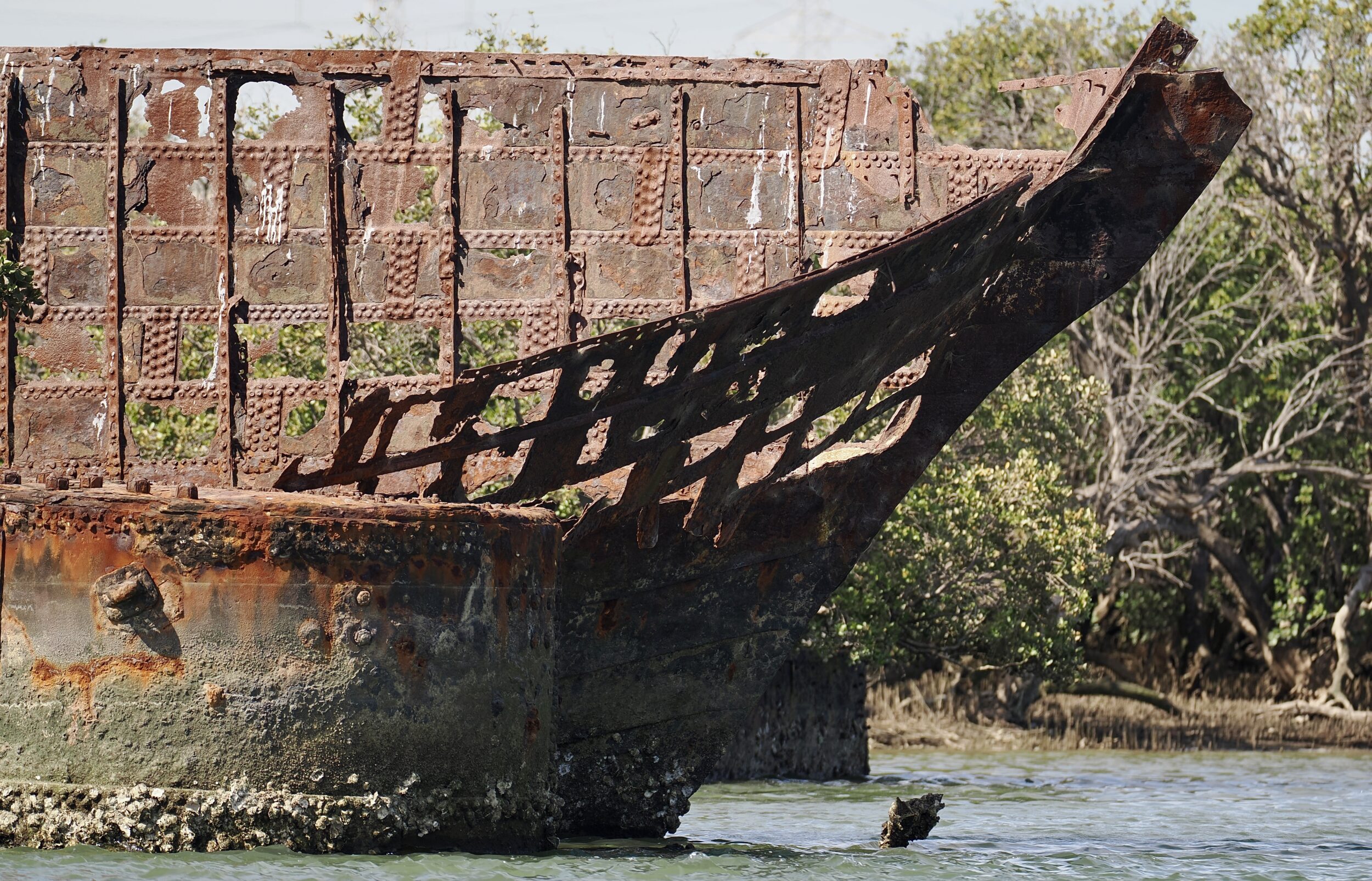The very same bird can “look” very different, depending on the observer’s knowledge/ignorance, that observer’s particular preconceptions/prejudices, and the bird’s current activity/stance/position.
And if one is photographing a bird that is both much-loved and widely-loathed, it is easy for a photographer to pander to – or to defy – “negative” or “positive” preconceptions about it.
This little series features one such species.
Leave a Comment